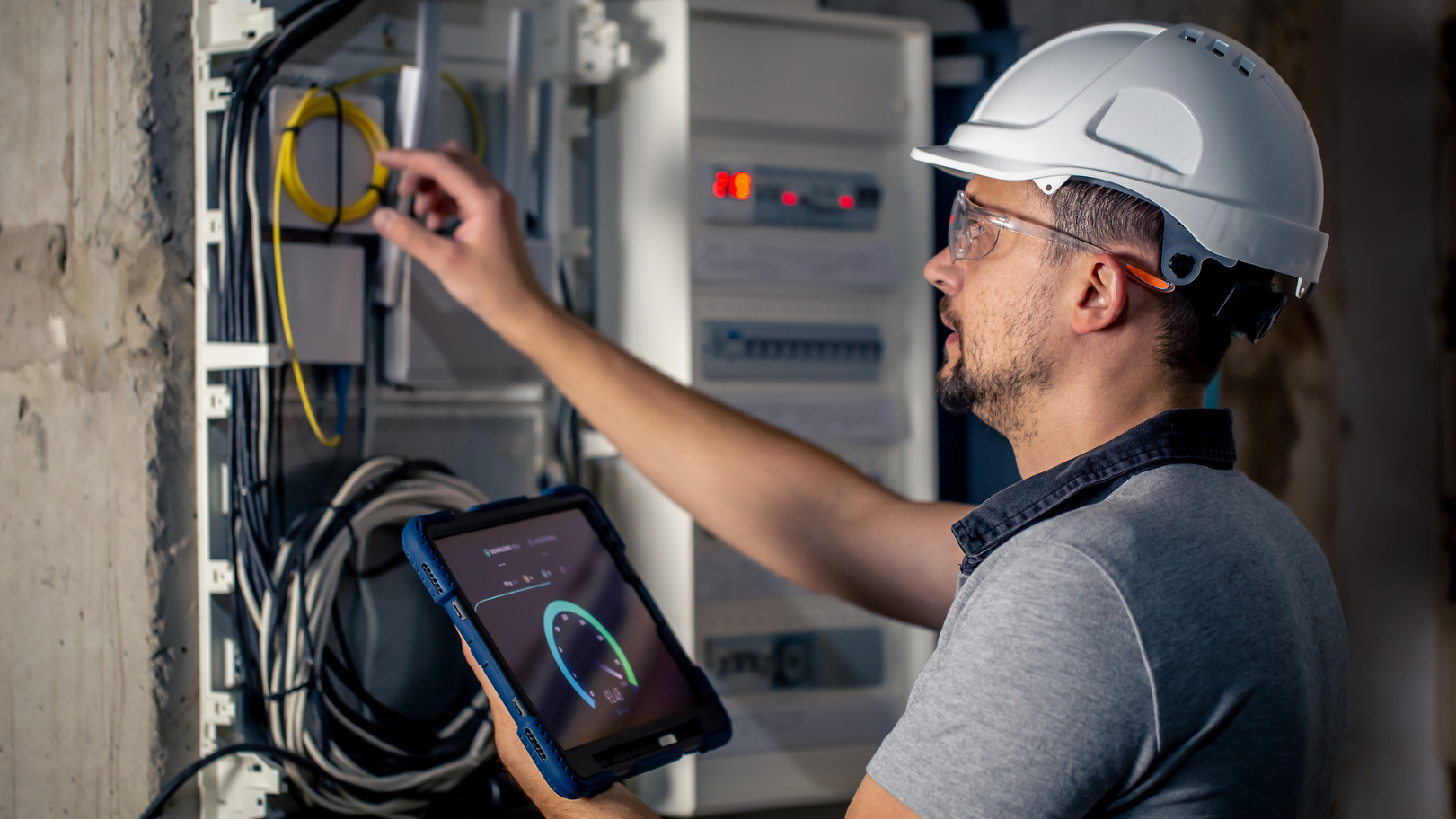Breath of Fresh Air from the Internet of Things
08.02.2021 by Ümit Günes

Stale air due to defective ventilator fans? Never again. Ziehl-Abegg, a family firm, uses the Internet of Things to provide predictive maintenance of its ventilation and air conditioning technology and to reduce machine downtimes and unnecessary maintenance work.
It starts with a slight knocking noise that rises to a thunderous clatter – and then the production line grinds to a halt in the assembly hall. Three hours later the service engineer inspects the machine and diagnoses a defective drive shaft. A replacement must be ordered. The unscheduled outage not only wreaks havoc on production planning; it also costs the firm several hundred thousand euros – a nightmare for any enterprise.
In order to prevent downtimes and plan maintenance work more predictively Ziehl-Abegg connects its ventilators via the Internet of Things (IoT). The aim is to enable customers to monitor their ventilation and air conditioning systems by means of predictive maintenance and to respond faster in cases of plant malfunction. Germany’s National Academy of Science and Engineering (acatech) has calculated why predictive maintenance is worthwhile. Every euro that a company invests in machine maintenance saves it five times that amount in outage and downtime costs. Predictive maintenance makes it all significantly more efficient.




